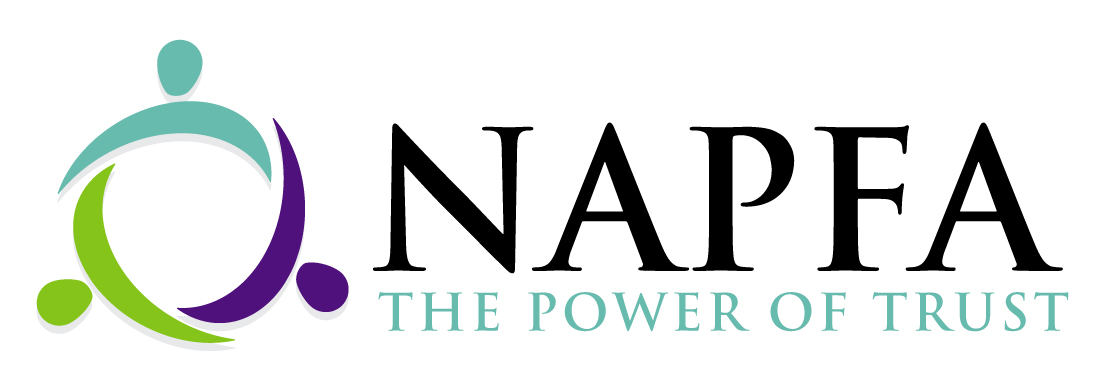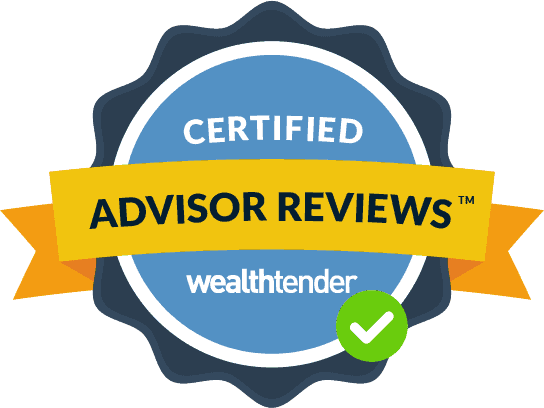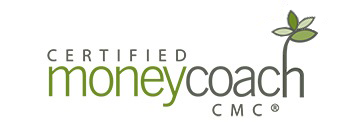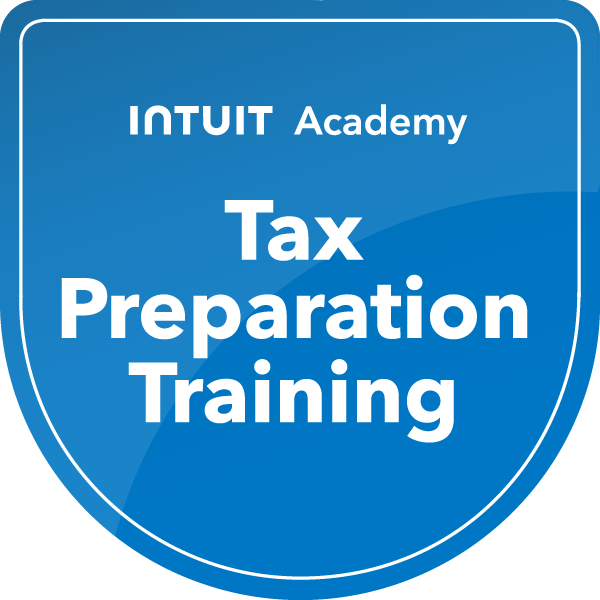The typical response you would expect to hear from a financial planner is ‘absolutely’. However, depending upon your circumstances, a more traditional type of retirement plan may not be optimal. For instance, if you plan to sell your business in the future, it may make more sense to reinvest in your business to help maximize its value to then receive a nest egg upon sale. However, if there’s no exit strategy that would yield a large payday, then a retirement plan is likely the right option to ensure that you have sufficient savings.
In order to select the right plan, it’s important to start with what you want to achieve. If you want to maximize your savings while also reducing taxes, there are plans that can do that. Whether you have employees will need to be considered when assessing different plans. And you’ll want to weigh both the cost as well as administrative responsibilities.
A Savings Incentive Match Plan for Employees (SIMPLE) plan allows the business owner and the employee to each make contributions to a traditional Individual Retirement Account (IRA). As a business owner, you are both the employer and the employee, therefore you have the benefit of making both contributions to yourself. These plans are relatively easy to set up and maintain and are not required to conduct annual compliance testing or submit IRS filings. However, the contribution limits are lower than some other retirement plans. This would be an appropriate plan for a business owner with less than 100 employees that prefers simplicity and less administrative duties.
A Simplified Employee Pension (SEP) plan allows the business owner to contribute to a traditional IRA, however the employee cannot. It requires the contributions to the business owner and the employees’ accounts to be proportional, meaning the same percentage of compensation. For example, if the business owner earns $300,000 per year and their employee makes $55,000, with a 10% contribution, the owner would contribute $30,000 to their account while the employee would receive $5,500. Like SIMPLE IRAs, these plans are easy to establish, and annual compliance testing and IRS filings are not required. One unique feature is the contributions can vary each year when your cash flow changes, which may be a good a reason to select the SEP IRA.
Defined Contribution Profit-Sharing Plans allow the employee and the employer to contribute to the employee’s individual accounts, the most common of which is the 401(k). These plans are highly customizable, meaning there are different contribution features (safe harbor, Roth, automatic enrollment, profit-sharing, or discretionary match). They also do not require employer contributions every year, but there must be a “substantial and recurring” contribution within three of the last five years.
A Traditional 401(k) plan is going to help you build more wealth given the higher contribution limits than a SIMPLE IRA. You also can contribute more to key employees with the benefit of adding a profit-sharing component. In addition, a vesting schedule can help to retain talent. One thing to bear in mind is that they require more of a commitment from the small business owner as they will assume a plan sponsor role, which is a fiduciary responsibility to ensure the plan meets standards for qualified retirement plans as required by the Employee Retirement Income Security Act (ERISA). When evaluating 401(k) providers, it’s important to understand the costs as they may charge direct and/or indirect fees for delivering plan administration services such as asset custody, participant recordkeeping, Third-Party Administration (TPA), and professional investment advice. As much as 75% of small business owners pay plan fees of which they’re unaware, so be sure to get clear about them.
A Safe Harbor 401(k) plan is popular with small business owners as they automatically pass the ERISA testing due to mandatory employer contributions. To achieve safe harbor status, a small business must make a qualifying nonelective contribution or a match to plan participants. Employee contributions and employer profit-sharing contributions are allowed. A safe harbor 401(k) would be appropriate if you have highly compensated employees and want to provide them the opportunity to maximize retirement savings, as long as you are committed to making the employer match.
If you’re self-employed or it’s just you and your spouse working together, then an Individual 401(k) might be a good choice. These plans offer the same benefits as a Company 401(k) but allow you to save more than a SIMPLE plan.
If a small business owner has not saved much while building their business and is over age 50, as well as having strong profits and steady cash flow, then a Cash Balance Plan might be worth considering. This more popular form of defined benefit plan allows you to make significant tax-deductible contributions exceeding those permitted in a profit-sharing or 401(k) plan.
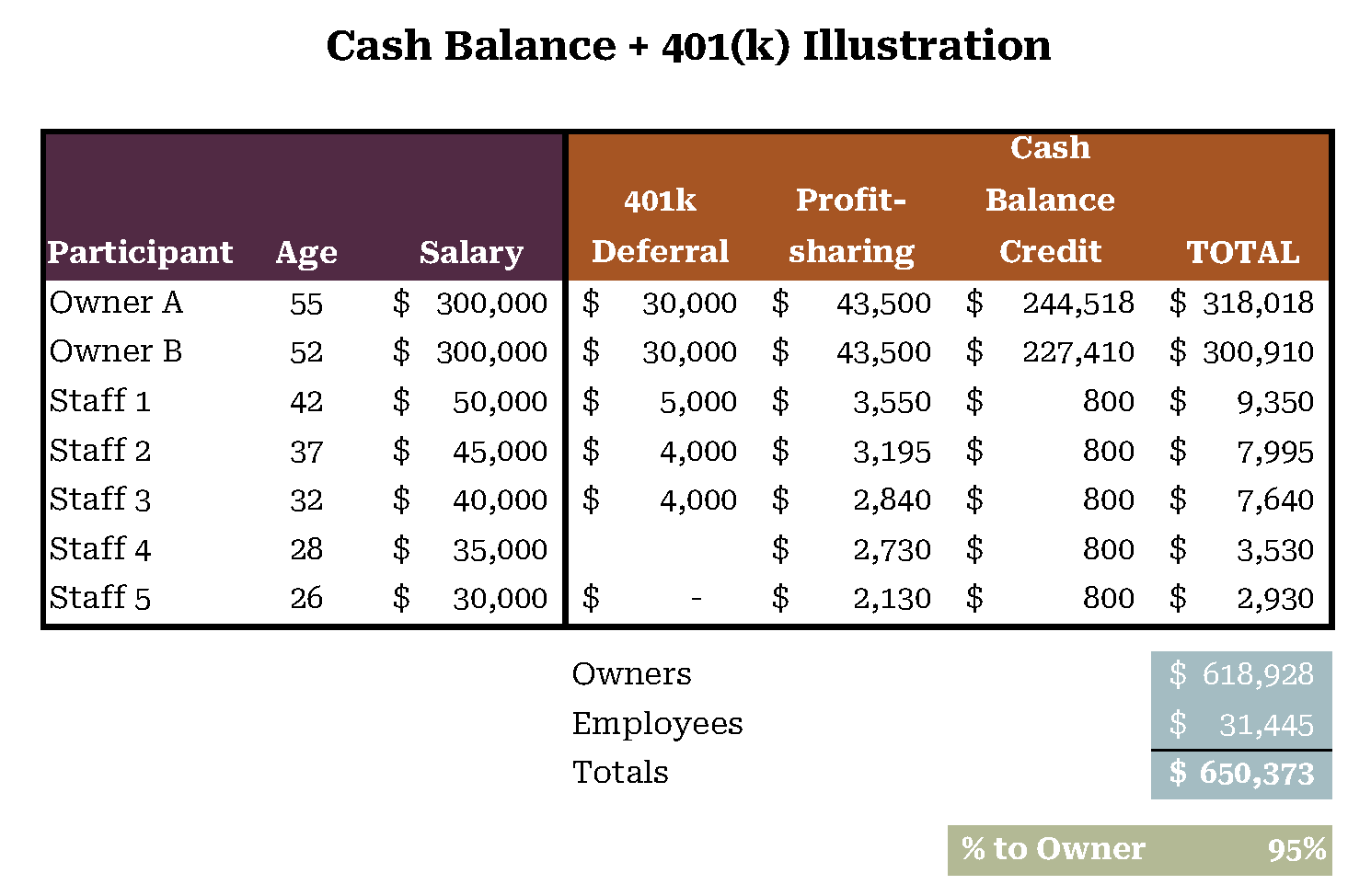
In the above illustration, combining a cash balance plan and 401(k) with profit-sharing is a great way to accelerate the business owners’ retirement savings and strengthen employee retention. Each employee is required to receive a cash balance credit, however the owners receive the largest percentage. And you get a hefty tax deduction as the bulk of it goes into your retirement account instead of paying it to the IRS.



